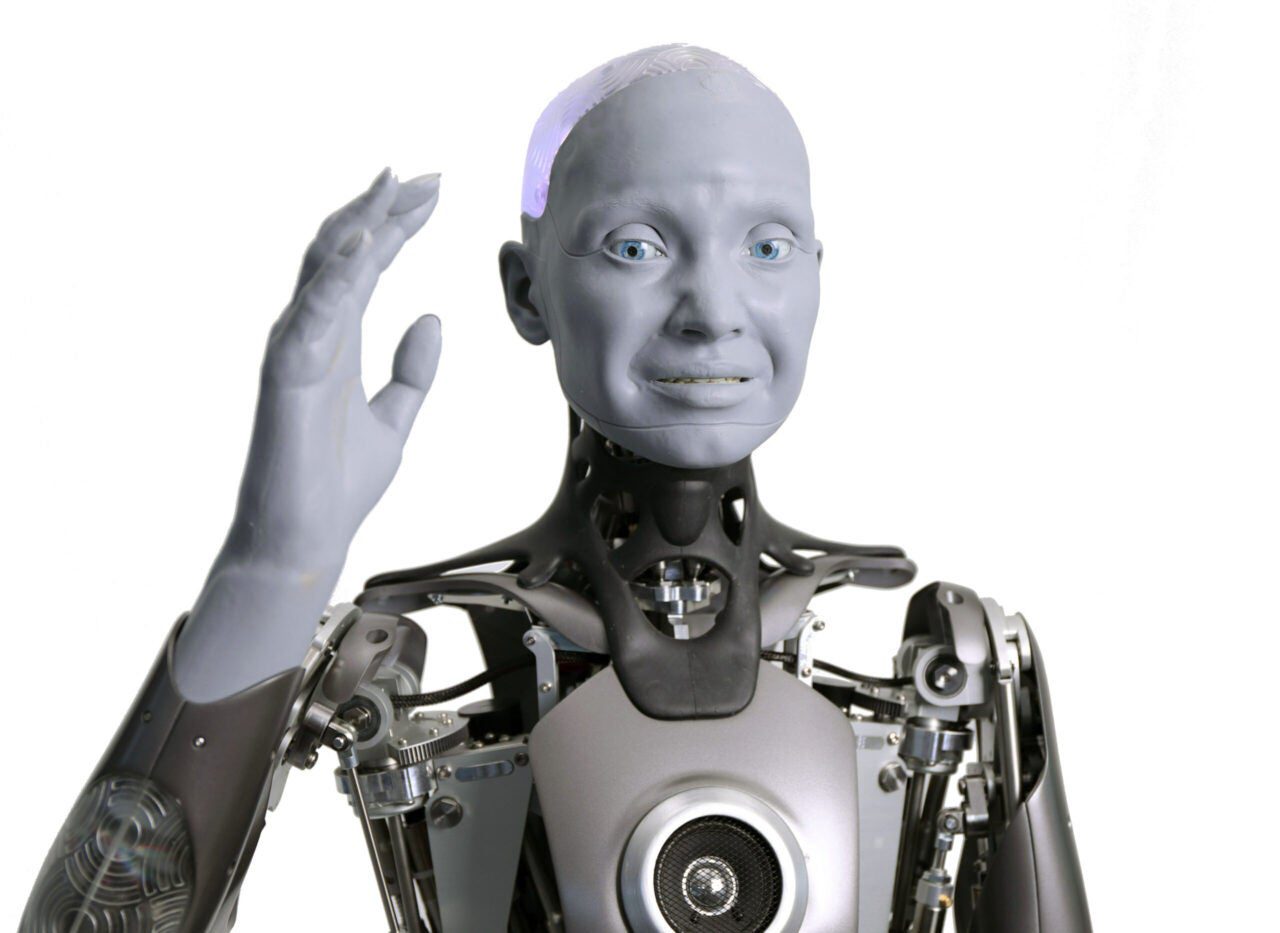This article outlines ten advanced robotics technologies that are changing industries such as manufacturing, healthcare, space exploration, and underwater exploration. Autonomous robots, soft robotics, swarm robotics, humanoid robotics, exoskeletons, mind-machine interfaces, autonomous drones, self-assembling robots, robotic vision, and autonomous underwater vehicles are explored, with explanations of how they operate and their potential applications. Advancements in materials science, machine learning, computer vision technology, and sensors have contributed to the development of these technologies, which have the potential to improve safety, increase efficiency, and enable new forms of human-computer interaction. These exciting advancements in robotics are changing the way we work and live.
10 Advanced Robotics Technologies You Should be Excited About
1. Autonomous Robots
Autonomous robots, commonly referred to as self-driving robots, are becoming increasingly popular in various industries. These robots are programmed to carry out tasks on their own without human intervention, making them ideal for use in hazardous environments such as nuclear power plants, oil rigs, and space exploration.
2. Soft Robotics
Soft robots mimic the movements of biological organisms. These robots have soft, pliable exteriors which allow them to navigate complex environments with ease. With advances in materials science, soft robots are becoming more durable and able to carry out more complex tasks.
3. Swarm Robotics
Swarm robotics involves large numbers of robots working together to achieve a common goal. These robots communicate and coordinate their movements in real-time, allowing them to complete tasks much faster than a single robot could. Applications of swarm robotics include search and rescue missions, construction, and agriculture.
4. Humanoid Robotics
Humanoid robots are designed to look and move like humans. These robots have the potential to perform tasks that require fine motor skills and social interaction, such as caregiving and teaching. As technology advances, humanoid robots are becoming more realistic in appearance and behavior.
5. Exoskeletons
Exoskeletons are wearable robotic devices that assist with movement and strength. These devices can be used to help people with mobility impairments, as well as in industrial settings to help workers lift heavy objects. Advances in materials science and sensor technology are making exoskeletons more durable and easier to use.
6. Mind-Machine Interfaces
Mind-machine interfaces (MMIs) allow humans to control machines using their thoughts. This technology has the potential to revolutionize prosthetics and assistive devices, as well as to provide new forms of human-computer interactions. MMIs use sensors to detect brain activity, and software to interpret that activity and control the machine.
7. Autonomous Drones
Autonomous drones are unmanned aircraft that can be programmed to fly and complete tasks on their own. These drones are valuable in industries ranging from delivery services to agriculture to surveillance. Advances in machine learning and computer vision technology have made it possible for drones to navigate complex environments and avoid obstacles.
8. Self-Assembling Robots
Self-assembling robots are designed to be able to join together to form larger or more complex structures. These robots have potential applications in construction, manufacturing, and space exploration, where they can create structures or repair equipment autonomously.
9. Robotic Vision
Robotic vision involves using cameras and sensors to allow robots to process visual information. This technology is essential for robots that need to navigate complex environments, recognize objects, and avoid obstacles. Advances in machine learning and computer vision technology are making robotic vision increasingly sophisticated.
10. Autonomous Underwater Vehicles
Autonomous underwater vehicles (AUVs) are self-propelled vehicles used for exploring and mapping the ocean floor, collecting ocean data, and monitoring marine life. These vehicles are equipped with sensors and cameras that allow them to collect data and transmit it back to researchers. As ocean exploration becomes more important, AUVs are becoming a critical tool for researchers.
Exciting Advances in Robotics
The field of robotics is rapidly advancing, with new technologies emerging all the time. Autonomous robots, soft robotics, swarm robotics, humanoid robotics, exoskeletons, mind-machine interfaces, autonomous drones, self-assembling robots, robotic vision, and autonomous underwater vehicles are all exciting developments that have the potential to transform the way we work and live. From improving safety in hazardous environments to exploring the depths of the ocean, these technologies are at the forefront of innovation and hold great promise for the future.
